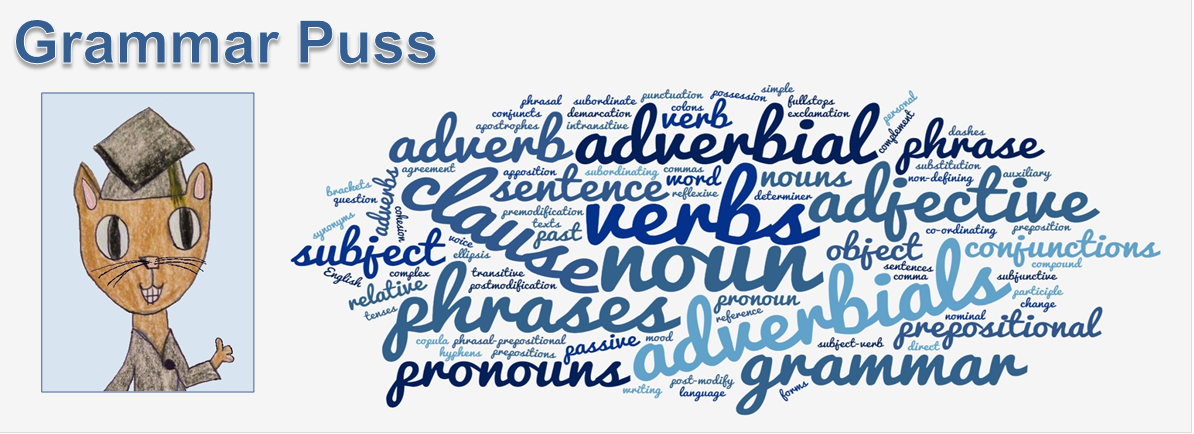With a text as good as this, it would be possible to develop many aspects of children sentence level writing but, of course, a literacy unit would probably only focus on one or two of these at most. There are excellent models of the following elements; I've provided a few examples from the text for each one, together with the relevant Sentence Toolkit tools which you could use with these.
Noun phrases which provide beautiful description as well as precise vocabulary. Although the content is non-fiction, these phrases help create the literary style of this text. (Sentence Toolkit: tape measure)
- This vast, rippled desert (premodification only)
- the tan coloured skin of this large lizard (postmodified with prepositional phrase)
- the long, wind shaped dunes that twist and turn across Australia (postmodified with relative clause)
- The goanna detects the shadow of this predator with the tiny sensor eye on top of his head and immediately races to hide in a tuft of spinifex.
- Darting across the sand, this striped lizard discovers a perfect spot to bask in the sunlight that also offers a good lookout for possible predators.
- Triops erupt from this new source of life.
- By noon the sand is blistering hot beneath a cloudless sky.
- During this scorching time, the goanna moves to a grove of gidgee trees.
- Each shiny strand acts like a tiny mirror.
- As the night sky melts away, the Simpson Desert horizon glows like a campfire. (adverbial, finite)
- Flicking his tongue, the goanna laps up a good meal of protein. (adverbial, non-finite)
- Seeds lie dormant, lacking enough moisture to sprout. (adverbial, non-finite)
- Some of the kangaroos lick their arms and paws to cool themselves. (adverbial, non-finite)
- The moon casts soft light on new seedlings that will turn dust bowls into lush carpets of plants. (relative)
The text provides good models of punctuation, in particular brackets and commas to mark phrases and clauses.
To see other texts recommended on this blog, click here. And for more Texts that Teach, check out this link.


No comments:
Post a Comment